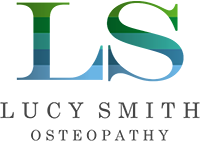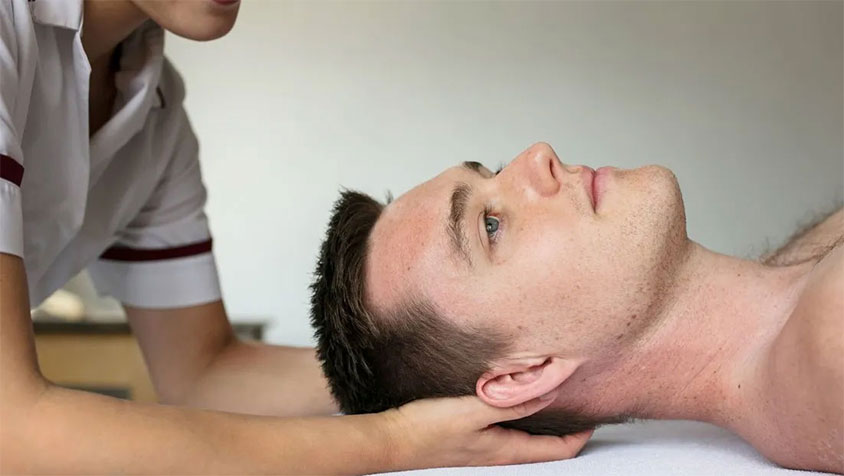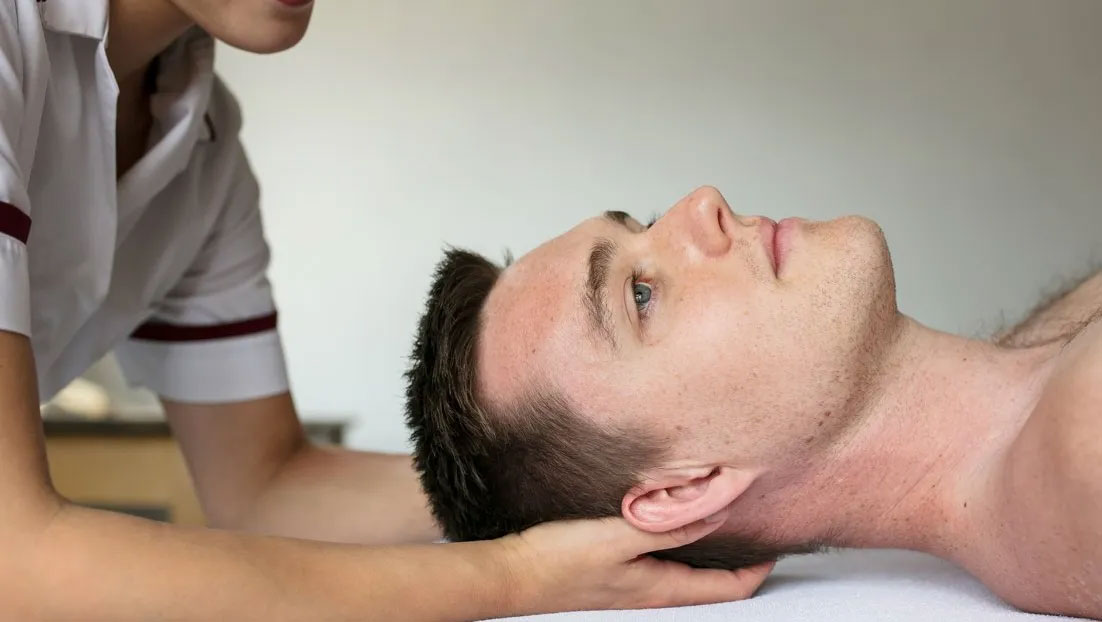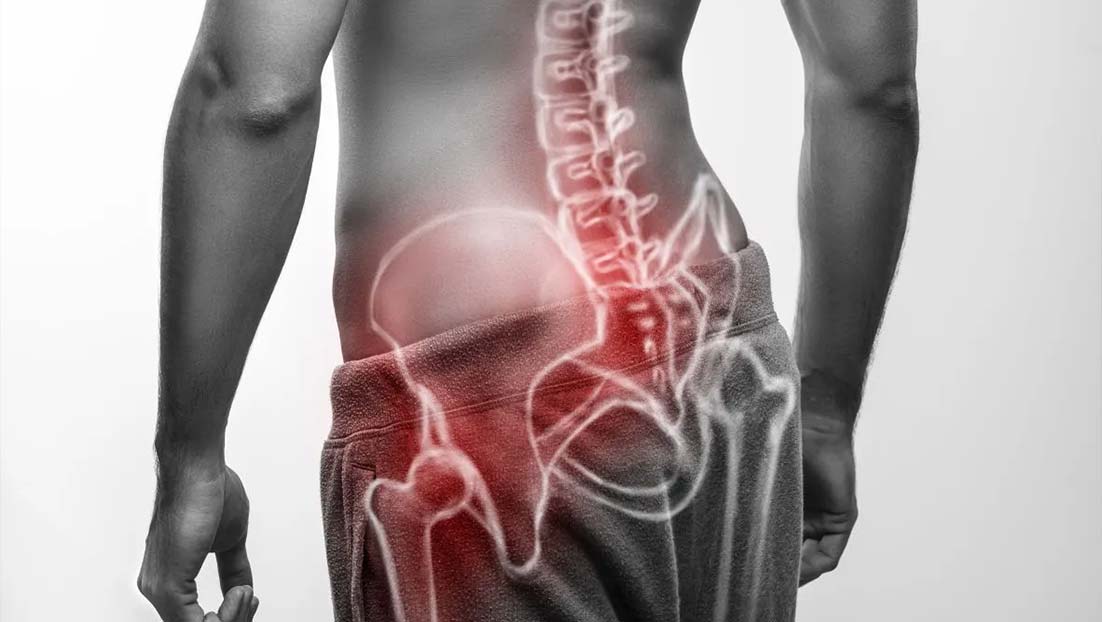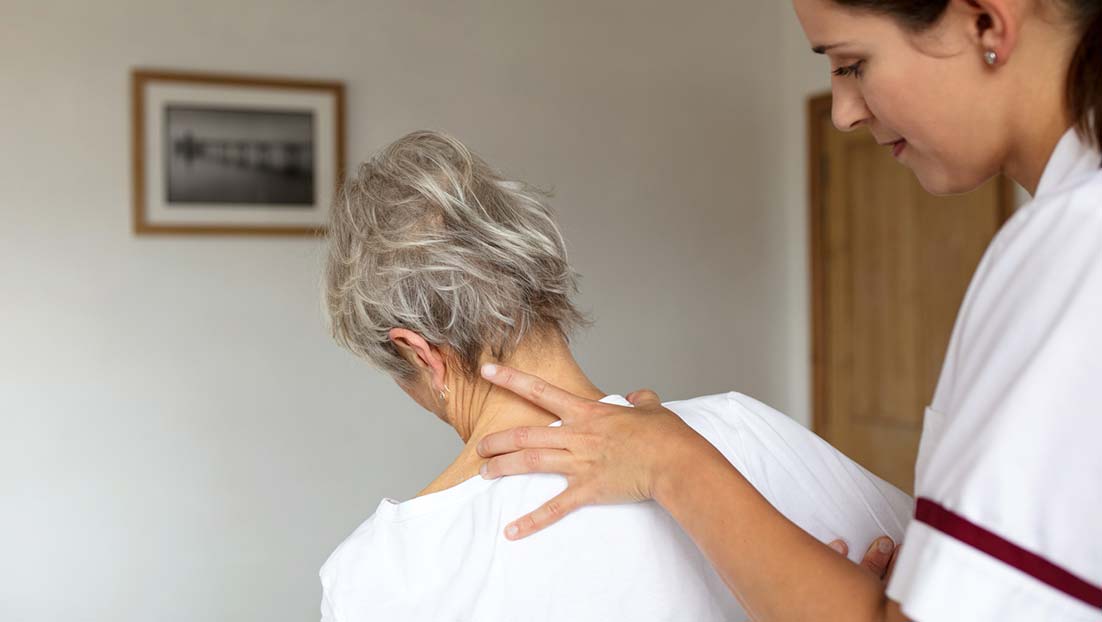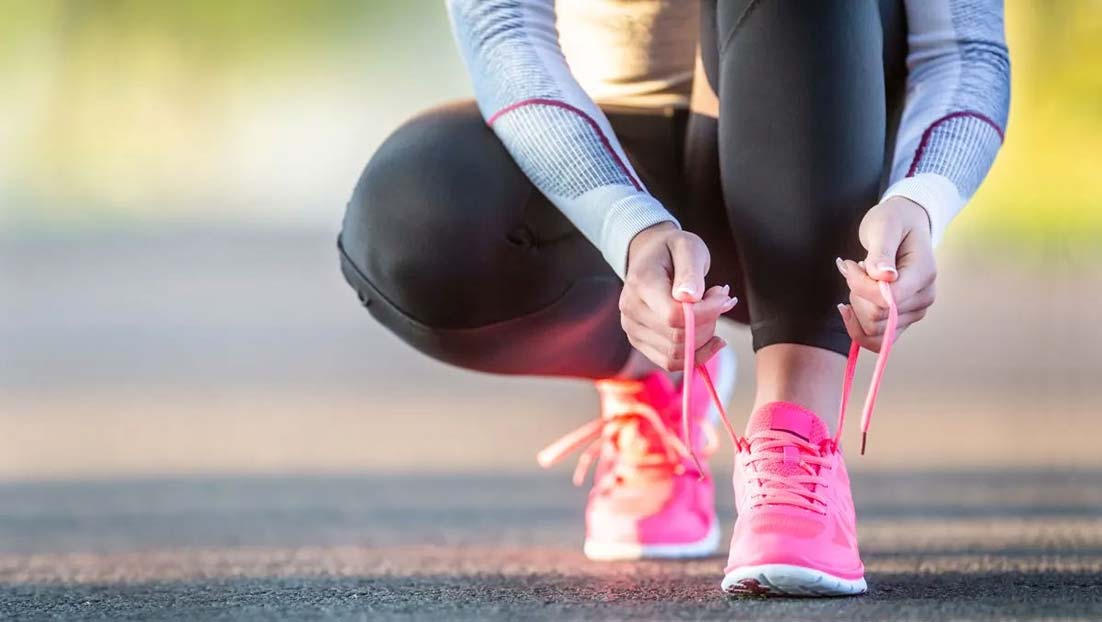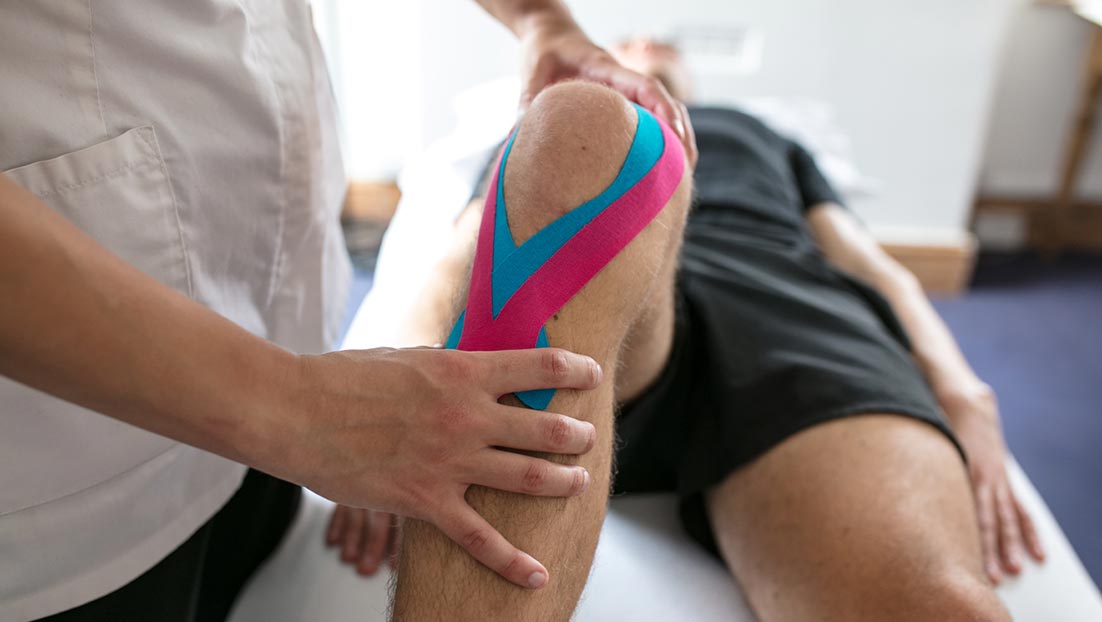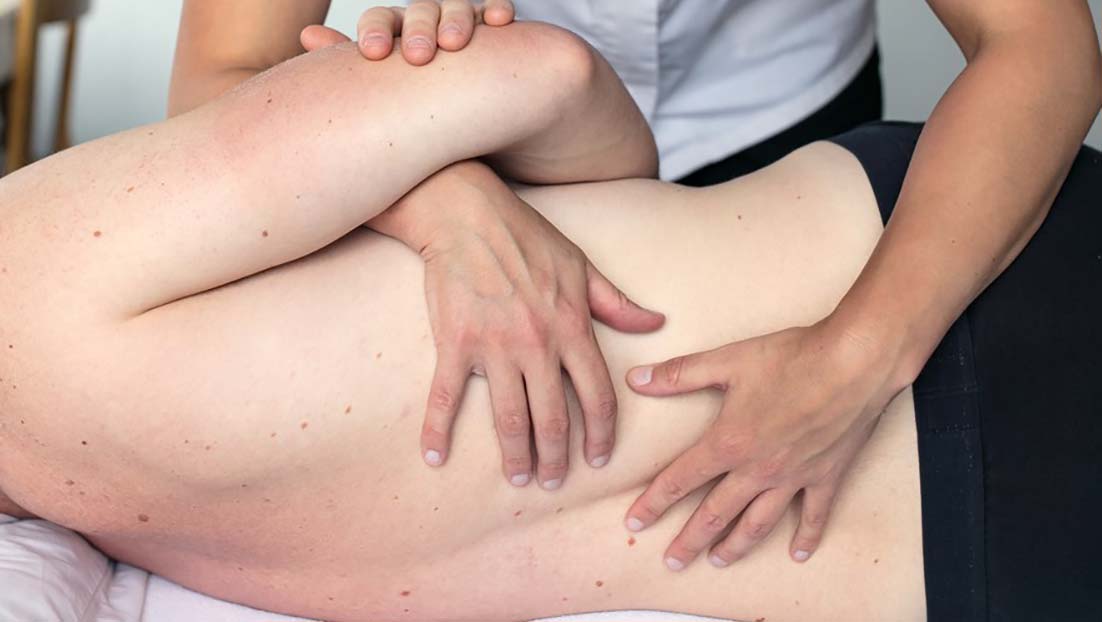
What’s going on?
Tension headaches
These are the most common type of headaches, lasting anything from 30 minutes to 7 days.
They usually cause mild-to-moderate aching pain around the head, face or neck – and aren’t usually accompanied by other symptoms such as nausea or vomiting. The NHS has more details about tension headaches.
Sometimes referred to as cervicogenic headaches, they involve tension of the muscles in the neck. There’s normally a slow onset of the pain, the head usually hurts on both sides, and the pain can be dull or feel like a vice tightening around the head.
Tension headaches may be more likely if you have:
- Eye strain, such as from staring at a computer screen for a long time
- Pain or tension in other parts of your head, neck or jaw
- Problems sleeping, such as insomnia
- Stress related to family, work or life challenges
Headaches can also occur in people who take painkillers for more than 15 days a month over a 3-month period or more. It’s easy to get caught in a cycle of having headaches and taking painkillers, then when the medication wears off the pain returns, so more painkillers are needed. But overuse can make your headaches worse.
Migraines
Only around 20% of all headaches are migraines. They can last from four hours to seven days, are more common in women and can run in families, often starting in early adulthood.
There’s no definitive cause of migraine, but researchers believe they are due to ‘abnormal’ brain activity that affects nerve signalling and blood vessels in the brain – they’re almost never due to any other underlying problem that will show up on tests, even brain MRIs.
Migraine is usually experienced on one side of the head with an associated feeling of sickness and sensitivity to light and sound. The pain is moderate to severe in intensity, and often characterized by a throbbing or pounding feeling. Nausea is one of the most common symptoms and can worsen with activity. In some people, the migraine headache may be preceded by an aura, a temporary neurological syndrome that slowly progresses and then typically resolves just as the pain begins. The aura can include visual disturbances such as zigzags and blind spots, as well as vertigo, numbness and confusion.
Migraine triggers can include:
- Family history of migraine
- Prolonged muscle tension and stress
- Grinding teeth at night and jaw issues
- Alcohol use
- Changes in barometric pressure
- Lack of sleep
- Dehydration
- Skipping meals
- For women, menstrual periods and the use of oral contraceptives
- Certain foods such as chocolate, nuts and fermented or pickled condiments, as well as foods containing the amino acid tyramine (mature cheese, red wine, smoked fish) and foods containing preservatives and artificial sweeteners
How can osteopathy help with headaches and migraines?
Osteopathy focuses on looking at tension in the muscles of the neck and shoulders, as well as around the base of the skull and the jaw – and then finding a way to alleviate it.
We’ll ask questions to discover where you’re feeling pain, if there’s a daily pattern or trigger, and any particular movements or activities that aggravate it. We’ll also look at how much movement you have through your neck and spine, check your blood pressure, and carry out a neurological examination if necessary.
We use many different techniques to help you, such as spinal manipulation, gentle soft tissue massage, Western Medical Acupuncture, suboccipital trigger point therapy and temporomandibular jaw techniques to ease tension in the jaw muscles and help with teeth grinding (bruxism). Advice on posture correction and lifestyle changes such as going to sleep and waking at the same time every day, daily exercise for 30 minutes, and stress management such as yoga or pilates can also be helpful.
Book an appointment if you’re struggling with headaches and migraines.
Or if you still have questions about osteopathy and if it’s right for you, why not give us a call for a chat?
